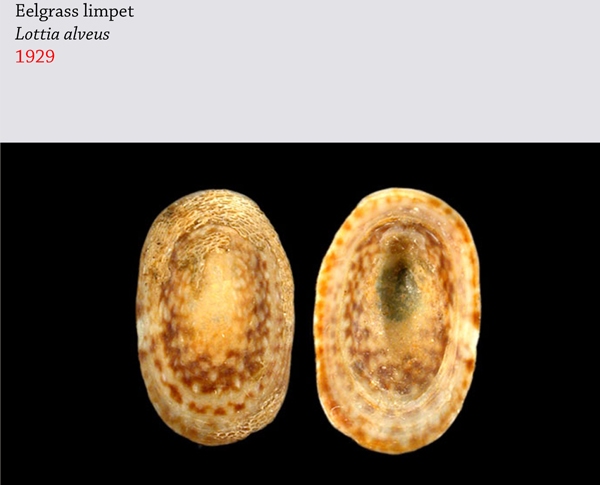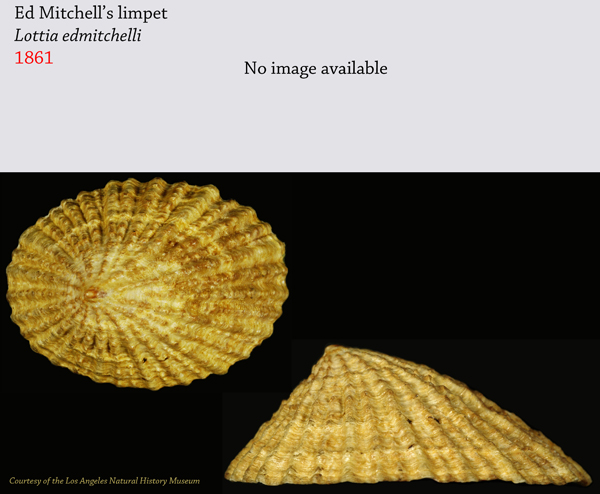- In the last 500 years, the oceans have suffered far fewer extinctions than on land&.
- According to a recent study in Science, 15 animals are known to have vanished forever from the oceans while terrestrial ecosystems have seen 514 extinctions.
- The researchers, however, warn that the number of marine extinctions could rise rapidly as the oceans are industrialized.
In the last 500 years, the oceans have suffered far fewer extinctions than on land—at least that we know of. According to a recent study in Science, 15 animals are known to have vanished forever from the oceans while terrestrial ecosystems have seen 514 extinctions.
The researchers, however, warn that the number of marine extinctions could rise rapidly as the oceans are industrialized for food, fossil fuels, minerals, energy, and transportation. The industrial revolution, which kickstarted on land in the 19th Century, may now be entering the marine environment. For more on this research: Empty seas? Scientists warn of an industrialized ocean
Here’s a pictorial look at the 15 known marine species lost in since 1500 AD:

Steller’s sea cow (Hydrodamalis gigas) was literally eaten to extinction by humans. It was sent to oblivion 27 years after Europeans discovered it. Image by: Peter Schouten from ‘A Gap In Nature’.

The sea mink (Neovison macrodon) was hunted to extinction for its fur. It lived along the Atlantic coast of North America. Photo by: R.H. Manville 1966. Proceedings of the US National Museum. Vol. 122.

The Labrador duck (Camptorhynchus labradorius) was never abundant, but hunting and possibly egg collecting are believed to have played a role in its extinction. Image by: John James Audobon.

The only marine fish known to have gone extinct in the last 500 years: the New Zealand grayling (Prototroctes oxyrhynchus). This species spawned in streams but grew into maturity in the oceans off New Zealand. Overharvesting, invasive trout, and deforestation are thought to have led to its extinction. Image by: Frank Edward Clarke.

The Caribbean monk seal (Monachus tropicalis) was only declared officially extinct in 2008 by the IUCN Red List, though it died out in the 1950s. The seal was largely hunted to extinction, though overfishing of reefs may have also depleted its prey source. Image by: Peter Schouten from ‘A Gap In Nature’.

The small Saint Helena petrel (Bulweria bifax), a marine bird, is thought to have gone extinct shortly after its discovery in the 1500s, known only today from fossils. The large Saint Helena petrel was also wiped out. Pictured is an engraving of the island of Saint Helena. Image by: Public Domain.
-Labeled.jpg)
Littoraria flammea was a sea snail found in China. Pictured here is a surviving relative: Littoraria melanostoma. Image by: EC Hong Kong.

Pallas’s cormorant (Phalacrocorax perspicillatus) was the world’s largest cormorant. Found only in Russia, it was pushed to extinction by hunting. Image by: Joseph Wolf.

The Christmas sandpiper (Prosobonia cancellata) was only found on the island of Kiribati. It was killed off by invasive mammals. Image by: George Edward Lodge.

The eelgrass limpet (Lottia alveus) was believed to be killed off when disease struck its food source, the eelgrass plant. Image by: Яковлєв Ю. М.

The great auk (Pinguinus impennis) was the only species in its genus. Largely decimated for its meat, oil, and feathers to make pillows, the species was also a victim of collectors who paid heavily for its eggs. Image by: Joseph Wolf.

The Japanese sea lion (Zalophus japonicus) was driven to extinction by hunting for food, oil, and body parts used in traditional medicine. It was only recently recognized as a full species in its own right. Image by: Nkensei.

The Canary Islands oystercatcher (Haematopus meadewaldoi) was probably killed off due to overharvesting of its prey. Invasive species may have also played a role. Image by: Henrik Gronvold.

Only found in the U.S., Ed Mitchell’s limpet (Lottia edmitchelli) is believed to be extinct. Image by: the LA Natural History Museum.
-Pterodroma-rupinarum-Labeled.jpg)
The Saint Helena large petrel (Pseudobulweria rupinarum) is believed to have been driven extinct by hunting and invasive species. This photo is of a relative, Fea’s petrel. Image by: Kjetil Schjolberg.
Citations:
- Douglas J. McCauley, Malin L. Pinsky, Stephen R. Palumbi, James A. Estes, Francis H. Joyce, Robert R. Warner. (2015) Marine defaunation: Animal loss in the global ocean. Science. Vol 347. Issue 6219.